Introduction: The Minimalist Trend in Cycling Gear
In the ever-evolving world of cycling, where technology often dominates headlines, a quieter revolution is underway—one marked not by flashy features or aggressive branding, but by sleek lines, clean finishes, and thoughtful restraint. Minimalism, a design philosophy rooted in simplicity and functionality, is gaining serious traction among modern cyclists and bike manufacturers alike. What was once considered a niche aesthetic has now become a central theme in many brands’ newest offerings, shaping not only how bikes look but how they ride and function.
Minimalism in bike design is more than just removing excess. It’s about intentionality—stripping down to the essentials to create a more intuitive, refined experience. Cyclists increasingly seek gear that complements their lifestyle without unnecessary complication. Whether it’s the city commuter looking for a stylish yet practical ride or the road enthusiast after a lighter, purer cycling experience, minimalist bikes are answering the call.
As environmental consciousness, urbanization, and modern design trends converge, the minimalist bicycle is quickly becoming a symbol of sophistication, efficiency, and sustainability. But what’s driving this shift? And how are brands balancing simplicity with performance?
The Allure of Simplicity: Why Less Is Often More in Bike Design
At its core, minimalism is about eliminating the unnecessary to highlight what truly matters. In the realm of bicycles, this translates to clean frame geometries, integrated cabling, subtle branding, monochromatic palettes, and a focus on essential components. But it’s not just an aesthetic decision—simplicity can improve functionality, reduce maintenance, and even enhance rider connection with the machine.
For urban riders, minimalism offers practicality. A commuter bike with a lightweight frame, single-speed drivetrain, and internally routed cables means fewer parts to clean, less to break, and a cleaner visual profile. It’s bike-as-tool in its purest form—streamlined, efficient, and elegant.
Performance cyclists also benefit from this trend. Without added clutter, bikes often weigh less and deliver a more direct riding experience. Aerodynamic designs benefit from reduced surface distractions. There’s also a psychological component: a simple, beautiful bike often inspires confidence and pride, encouraging more frequent and joyful rides.
Furthermore, minimalism often goes hand-in-hand with environmental consciousness. By prioritizing durability and repairability over excess features, many minimalist models align well with sustainability goals. Instead of chasing fleeting fads, they focus on timeless quality.
In a culture increasingly driven by digital noise and consumerism, minimalism speaks to a desire for clarity and intentionality—an ethos perfectly suited to the purity of cycling.
Popular Models: Reviewing Bikes That Embrace Minimalist Aesthetics
Across road, commuter, and gravel categories, a growing number of bike models are showcasing minimalist principles—both in form and function. Here’s a closer look at some standout models from 2025 that embody this less-is-more approach.
1. Canyon Roadlite 8 LTD
This flat-bar road bike is a masterclass in minimal urban performance. With internal cabling, a stealthy matte-black paint job, and a clean aluminum frame, it balances form and function beautifully. The geometry is sporty yet comfortable, perfect for riders who want elegance with speed.
2. VanMoof S5
VanMoof continues to dominate the urban e-bike scene with its integrated design. The S5 hides its motor, battery, and cabling within a minimalist frame, offering a futuristic look that feels right at home on city streets. Features like an integrated lock and matrix display enhance functionality without compromising style.
3. State Bicycle Co. 6061 Black Label
For fixed-gear fans, this sleek model is the embodiment of minimalist design. With only the essential components visible and a bold, raw-aluminum finish, the 6061 is a throwback to the core of urban cycling culture—fast, simple, and beautifully direct.
4. Specialized Aethos
Stripped of any unnecessary weight or clutter, the Aethos is a road bike designed for pure riding pleasure. It’s incredibly light and free of aero gimmicks, letting the frame’s balance and ride quality take center stage. Even the branding is subtle, letting the craftsmanship shine.
5. Schindelhauer Heinrich Enviolo
This German brand excels at pairing aesthetics with engineering. The Heinrich is an urban bike with a belt drive, integrated lights, and internally geared hub—all wrapped in a clean, polished aluminum frame. It’s a minimalist commuter dream, built for function with a distinctly European style.
These models represent a broader design language emerging across the industry: one that prioritizes clean lines, integrated systems, and thoughtful component choices that don’t distract from the ride.
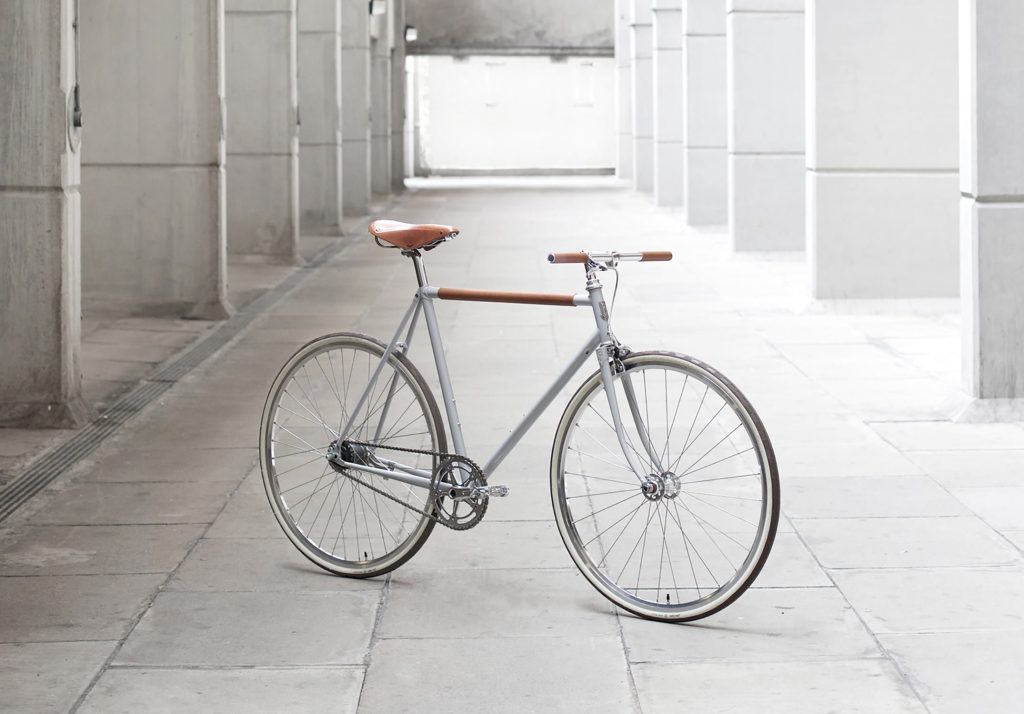
Consumer Trends: Why Riders Are Gravitating Toward Minimalist Designs
Minimalist bikes resonate with modern consumers on multiple levels. As lifestyles become more streamlined and space-conscious, particularly in urban environments, cyclists are seeking gear that mirrors those values.
1. Urbanization and Micro-Mobility
With cities around the globe investing in cycling infrastructure, more people are turning to bikes for short- and mid-range travel. These riders often prefer simple, stylish, and efficient bikes that don’t scream for attention but blend seamlessly with their everyday wardrobe and urban routine.
2. Aesthetic and Lifestyle Alignment
Minimalism isn’t just a design choice—it’s a lifestyle. Consumers who value sustainability, intentional living, and timeless quality are naturally drawn to products that reflect those principles. A bike that’s free from marketing excess and mechanical noise aligns with this philosophy.
3. Eco-Consciousness and Durability
Minimalist bikes tend to focus on quality over quantity. Fewer parts mean less maintenance, less likelihood of mechanical failure, and often a longer lifespan. For consumers trying to reduce their environmental footprint, this approach offers long-term value over short-term thrills.
4. Technological Integration Without Visual Disruption
One hallmark of modern minimalism is the integration of advanced features in a clean form. Riders now expect connectivity (like GPS tracking or theft protection), but they don’t want it to ruin the bike’s clean look. This has pushed manufacturers to innovate smarter designs—integrating tech invisibly into frames, handlebars, and hubs.
5. Emotional Connection
Many cyclists report feeling more connected to minimalist bikes. Without excess distractions, the ride becomes more tactile and immersive. Every turn of the pedal feels intentional. This deeper relationship with one’s gear echoes the minimalist mantra: focus on what matters most.
Conclusion: Is Minimalism the Future of Bike Design?
The rise of minimalist bike design marks a cultural shift in how we perceive and interact with our gear. It’s no longer enough for a bike to be fast or feature-packed—it must also reflect the rider’s values, lifestyle, and aesthetic sensibilities. In this sense, minimalism offers a deeply personalized cycling experience that many riders crave in an increasingly complex world.
Bike brands are responding to this demand not just with stripped-back designs, but with a new philosophy of thoughtful integration. The minimalist bike of today isn’t a compromise—it’s a refined tool for living better, moving efficiently, and expressing individuality.
As urban mobility, environmental awareness, and design consciousness continue to shape the cycling landscape, it’s likely that minimalist principles will remain at the forefront. Whether it’s through integrated electronics, hidden mechanics, or timeless frame geometry, less truly can be more.
And if the current wave of sleek, purpose-driven bikes is any indication, the future of bike design might just be as simple—and as beautiful—as a clean, silent ride through city streets.




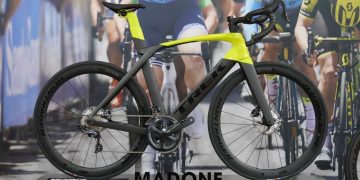
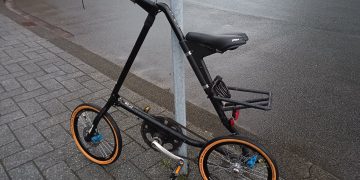
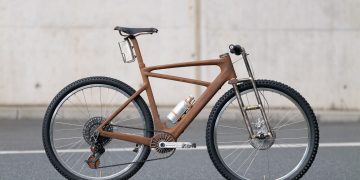


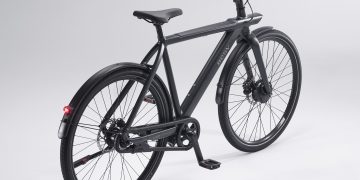


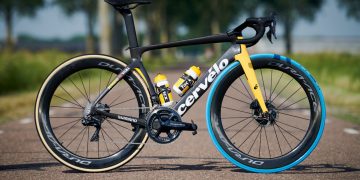










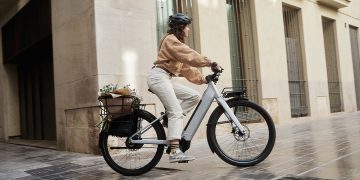












Discussion about this post